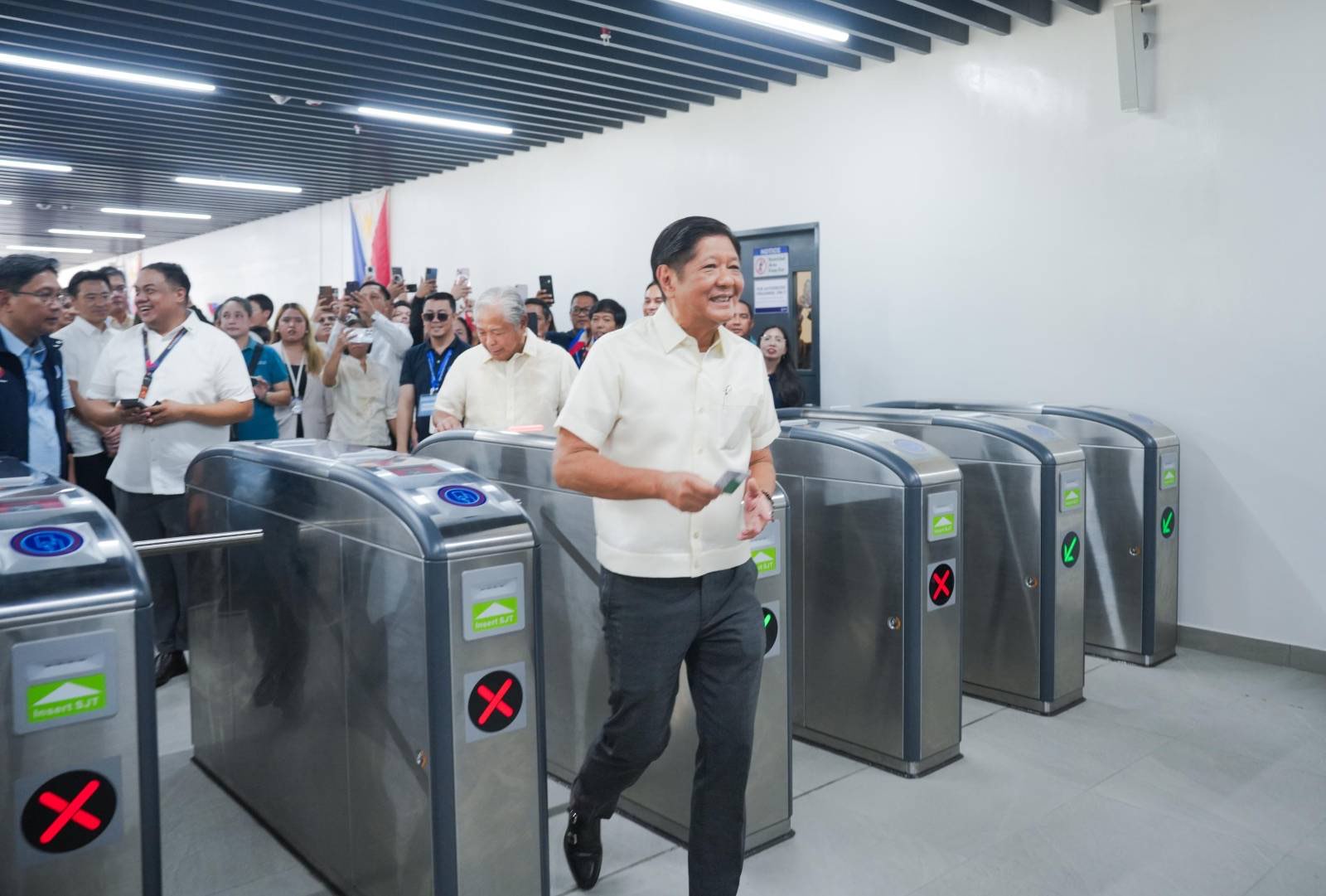
By Brian Campued
President Ferdinand R. Marcos Jr. affirmed his administration’s commitment to improving the country’s public transport system to make it “more seamless and modernized.”
This after the President led the inauguration of the P77.7 billion Light Rail Transit 1 – Cavite Extension (L1CE) Project Phase 1 in Parañaque City on Friday.
“We are committed to building station after station, reaching as far and as fast as our people’s needs dictate,” Marcos said during his speech.
“Our role is to ensure that we have a roster of projects running along the pipeline so that the next generations will assume these heritage projects and take on the responsibility to finish them,” he added.
Phase 1 of the L1CE, the first railway project to be completed under the Marcos Jr. Administration through a Public-Private Partnership (PPP), covers five stations: Redemptorist-Aseana Station, Manila International Airport (MIA) Road Station, Parañaque Integrated Terminal Exchange (PITX) Station, Ninoy Aquino Avenue Station, and Dr. Santos Station—extending the rail line’s total alignment from 20 kilometers to 26 km.
Once fully operational, the railway extension is expected to reduce travel time between Baclaran in Pasay City to Bacoor, Cavite from one hour and 10 minutes to 25 minutes.
Travel time from Parañaque City to Quezon City will, likewise, be reduced by almost an hour, while servicing an additional 80,000 passengers to LRT-1’s daily ridership of over 300,000.
“By serving commuters across Metro Manila, Cavite, neighboring areas, the whole project creates a smoother, more reliable mode of transport,” Marcos said.
Phase 2 of the project will complete three more stations in Las Piñas City, Zapote, and Niog in Bacoor by 2031.
During the event, the President also led the unveiling of the marker of the Dr. Santos Station in Parañaque and held an inaugural train ride along the five new stations with Transportation Secretary Jaime Bautista, Special Assistant to the President Secretary Antonio Ernesto Lagdameo Jr., Metro Pacific Investments Corporation Chairperson and President Manuel Pangilinan, and several officials from the government and private sector.
Meanwhile, the Chief Executive also vowed to fast-track the completion of key railway projects to help alleviate traffic congestion in the metropolis.
He mentioned other key railway projects that are under different phases of development, such as the Metro Rail Transit (MRT) – 7, North-South Commuter Railway, the Unified Grand Central Station, MRT-4, and the Philippine National Railways South Long Haul.
To attract foreign investments in the transport sector, Marcos urged the government to leverage the Public Service Act that removes the 40% cap on foreign investment in railways.
“The Public-Private Partnership or PPP hybrid model on L1CE serves as a perfect template for future investment,” he said.
The President also recognized that some of these projects may not be completed within his term and would likely be extended in succeeding administrations.
“This is the nature of railway development and of any large-scale development: this is not a short-term endeavor. It requires patience, persistence, and passion and commitment that extends beyond immediate timelines,” he said.
—iro
